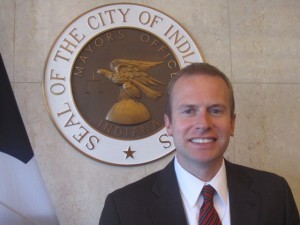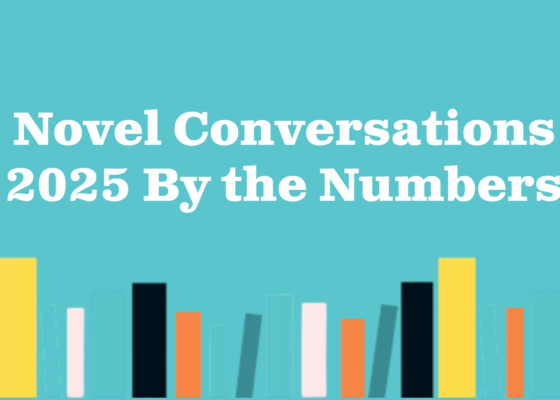Innovation Interview: Michael Huber
May 13, 2013What is innovation? “Innovate” is defined as “To begin or introduce something new.” I have worked in different levels of government (state, municipal, and now airport) for the last ten…
What is innovation?
“Innovate” is defined as “To begin or introduce something new.” I have worked in different levels of government (state, municipal, and now airport) for the last ten years, and in my context, I have usually considered the word innovation to mean “doing something new in a government setting.”
The people whom I consider to be innovators in business, government, and the arts seem to have one thing in common: nearly all of them take ideas from one discipline (say, art or design) and then apply them to their own discipline (e.g., technology).
How is innovation part of your life?
Working in government has been rewarding, for the most part, because of the opportunity to solve problems that impact a lot of people. But government is often a particularly environment in which to innovate, because it is difficult to change processes and systems quickly. New ideas, and the risks that come with new ideas, are often resisted in government. That being said, one can be innovative in government; it just takes a little more effort.
Although I’ve never thought of myself as an innovator (or an artist, for that matter), I try to bring ideas from other disciplines to the organizations in which I’ve worked. As the saying goes “good artists copy, great artists steal.” I don’t mean plagiarism or stealing propriety information, but more specifically, looking beyond government solutions to solve government problems. In 2002, when I consulted to the Attorney General’s office of Unclaimed Property (funds), we identified ideas from Ebay and the financial services industry to devise new ways of allowing citizens to search for their unclaimed money. In 2010, when I was Deputy Mayor at the City of Indianapolis, we stole ideas from the most creative technology developers we could find, in identifying new functionality for Indianapolis electronic parking meters. In 2011, we worked with the Arts Council and looked to a variety of private, public, and philanthropic funding collaboratives to find ways to fund Arts Council to create 46 for XLVI, the murals program which was completed at the time of Indianapolis’ Super Bowl.
Who (or what organizations) do you admire for innovation?
The people whom I consider to be innovators are never satisfied or complacent, and are always looking to the next set of ideas or improvements. They inspire me to read a lot, learn about other disciplines, and try to empower my staff and colleagues to try new things.
I admire Scott Dorsey for continuing to evolve Exact Target’s technology platform in a way that can be used across so many sectors. I’m also a music geek and more specifically, a synthesizer geek, and the recording software I use is produced by an innovative German company called Ableton, which allows you to seamlessly and dynamically combine live music, software instruments, and sampled sounds in an incredibly user-friendly way. As a baseball fan, I consider the writer and consultant Bill James to be an innovator, in the way he used statistical analysis value players, and has transformed the modern game. I admire grass roots arts organizations including People for Urban Progress and Big Car, both for their inspiring vision and ability to produce so many tangible results that enhance our community.
 In April and May, Indiana Humanities is exploring the topic of “innovation,” as part of its Spirit of Competition theme. This post was written by Michael Huber. Michael Huber is the Indianapolis Airport Authority’s Senior Director for Commercial Enterprise, where he oversees the airport’s businesses and its land development portfolio. Previously, Michael served in various public sector roles including Deputy Mayor for Economic Development for Indianapolis Mayor Greg Ballard, and worked for Governor Mitch Daniels in the Office of Management and Budget.
In April and May, Indiana Humanities is exploring the topic of “innovation,” as part of its Spirit of Competition theme. This post was written by Michael Huber. Michael Huber is the Indianapolis Airport Authority’s Senior Director for Commercial Enterprise, where he oversees the airport’s businesses and its land development portfolio. Previously, Michael served in various public sector roles including Deputy Mayor for Economic Development for Indianapolis Mayor Greg Ballard, and worked for Governor Mitch Daniels in the Office of Management and Budget.


